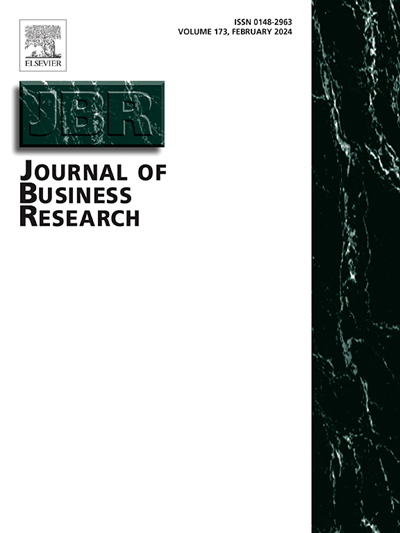CEO任期和战略时间范围:探索决策轨迹
IF 9.8
1区 管理学
Q1 BUSINESS
引用次数: 0
摘要
本文考察了CEO的战略时间视界(即制定战略决策时所考虑的时间距离)在其任期内的演变情况。虽然高层研究将CEO认知与公司业绩联系起来,但它往往忽略了CEO任期内发生的变化。利用基于终身职位的模型和认知心理学,该研究提出了倒u型关系的理论:任期早期的ceo关注短期目标以建立信誉,任期中期的ceo随着权力的增长而采用长期视角,而任期后期的ceo由于对遗产的担忧而回归短期优先事项。该研究还探讨了内部人ceo和外部人ceo之间的差异,提出外部人ceo在整个过程中保持较短的任期。通过对2004年至2022年间1034名标普900公司首席执行官的数据进行增长建模,研究结果支持了假设的轨迹和调节效应。该研究通过突出CEO时间决策的动态性和情境依赖性,为高层管理理论、CEO任期研究和行为策略做出了贡献。本文章由计算机程序翻译,如有差异,请以英文原文为准。
CEO tenure and strategic time horizons: Exploring the trajectory of decision-making
This paper examines how a CEO’s strategic time horizon—the temporal distance considered when making strategic decisions—evolves across their tenure. While upper echelons research links CEO cognition to firm outcomes, it often overlooks shifts occurring throughout a CEO’s tenure. Drawing on tenure-based models and cognitive psychology, the study theorizes an inverted U-shaped relationship: early-tenure CEOs focus on short-term goals to build credibility, mid-tenure CEOs adopt long-term perspectives as power grows, and late-tenure CEOs return to short-term priorities due to legacy concerns. The study also explores differences between insider and outsider CEOs, proposing that outsider CEOs maintain shorter time horizons throughout. Using growth modeling on data from 1,034 S&P 900 CEOs between 2004 and 2022, the findings support the hypothesized trajectory and moderation effect. The study contributes to upper echelons theory, CEO tenure research, and behavioral strategy by highlighting the dynamic and context-dependent nature of CEO temporal decision-making.
求助全文
通过发布文献求助,成功后即可免费获取论文全文。
去求助
来源期刊

Journal of Business Research
BUSINESS-
CiteScore
20.30
自引率
10.60%
发文量
956
期刊介绍:
The Journal of Business Research aims to publish research that is rigorous, relevant, and potentially impactful. It examines a wide variety of business decision contexts, processes, and activities, developing insights that are meaningful for theory, practice, and/or society at large. The research is intended to generate meaningful debates in academia and practice, that are thought provoking and have the potential to make a difference to conceptual thinking and/or practice. The Journal is published for a broad range of stakeholders, including scholars, researchers, executives, and policy makers. It aids the application of its research to practical situations and theoretical findings to the reality of the business world as well as to society. The Journal is abstracted and indexed in several databases, including Social Sciences Citation Index, ANBAR, Current Contents, Management Contents, Management Literature in Brief, PsycINFO, Information Service, RePEc, Academic Journal Guide, ABI/Inform, INSPEC, etc.
 求助内容:
求助内容: 应助结果提醒方式:
应助结果提醒方式:


